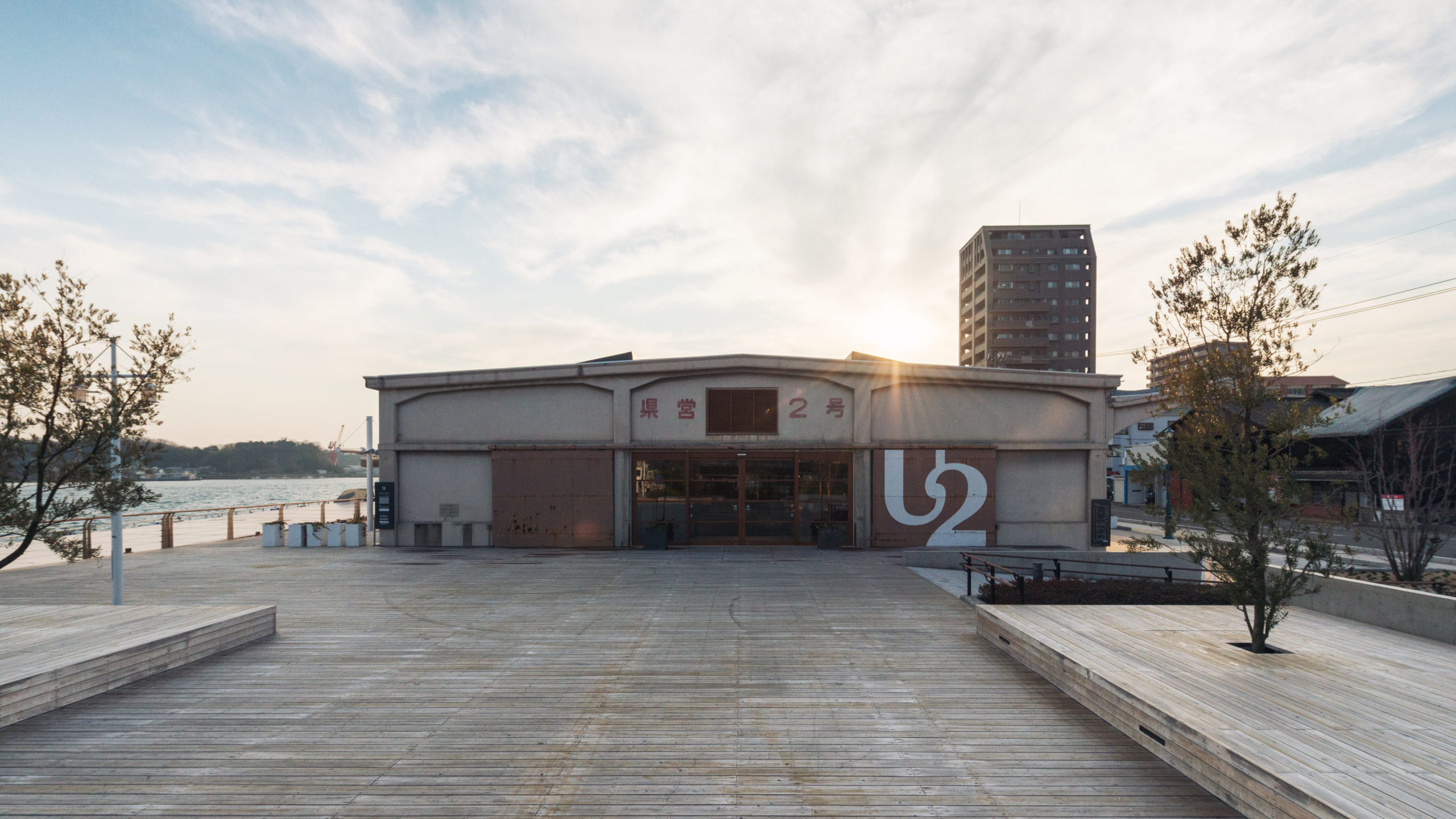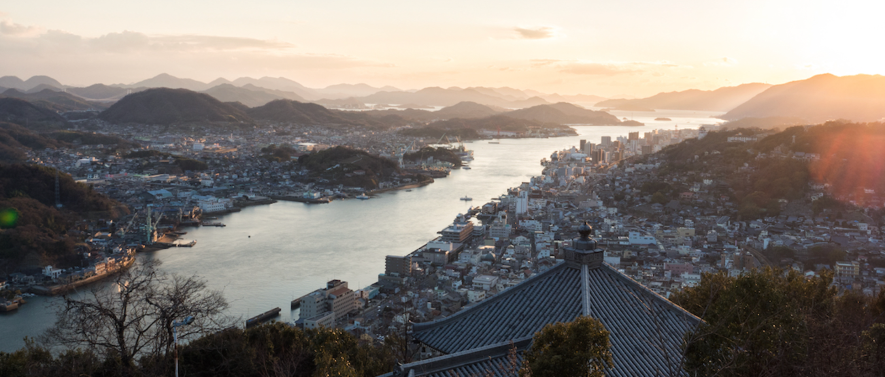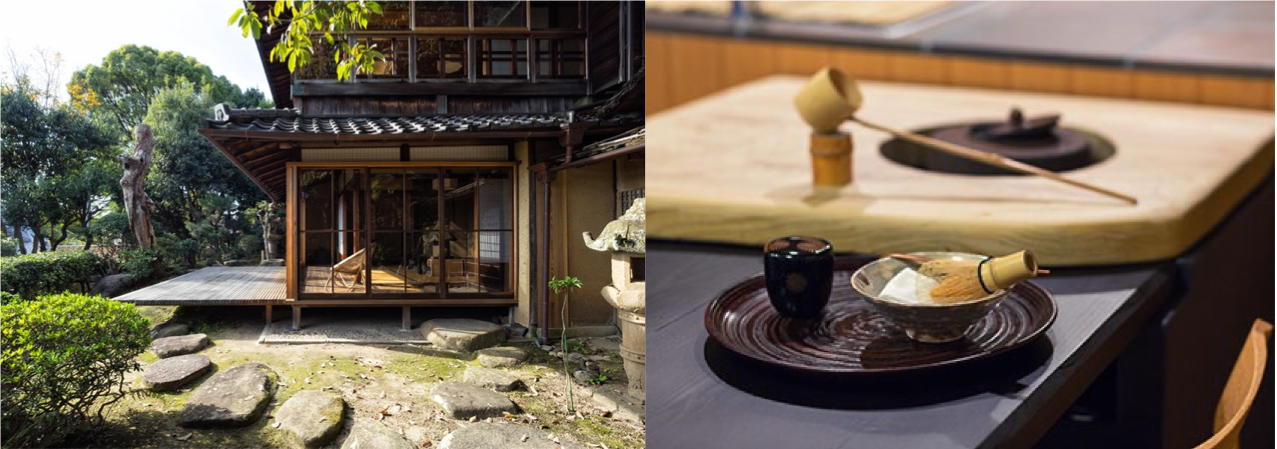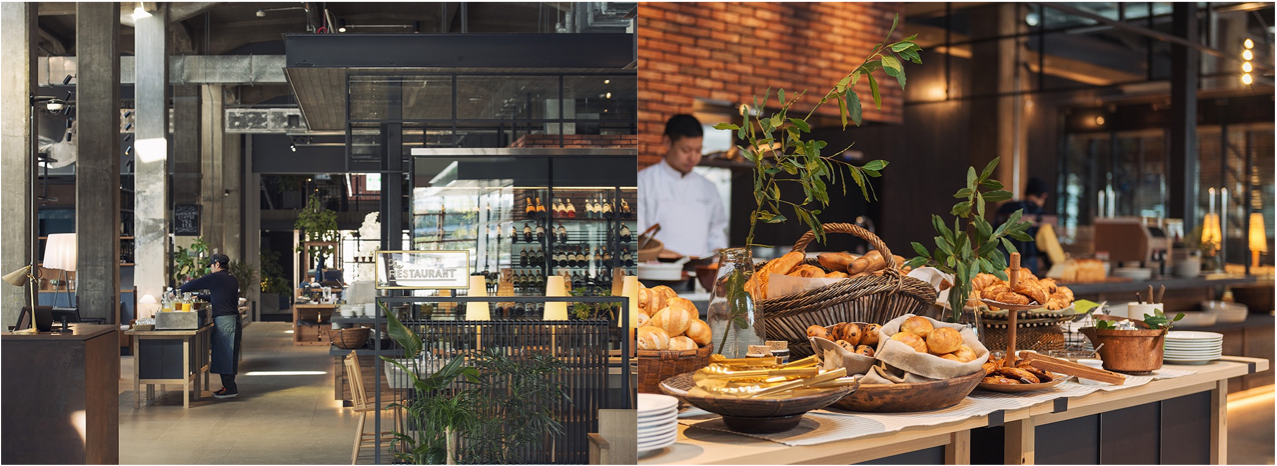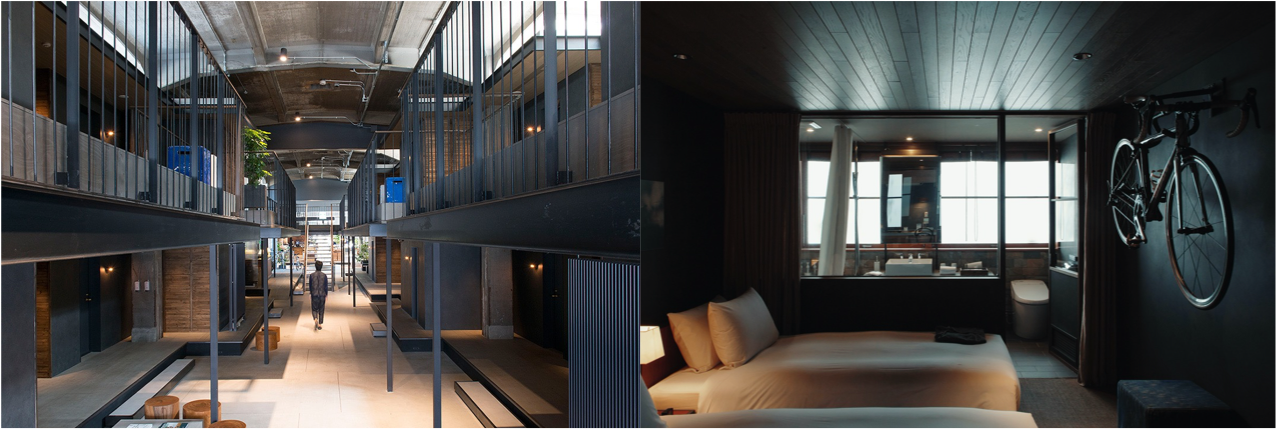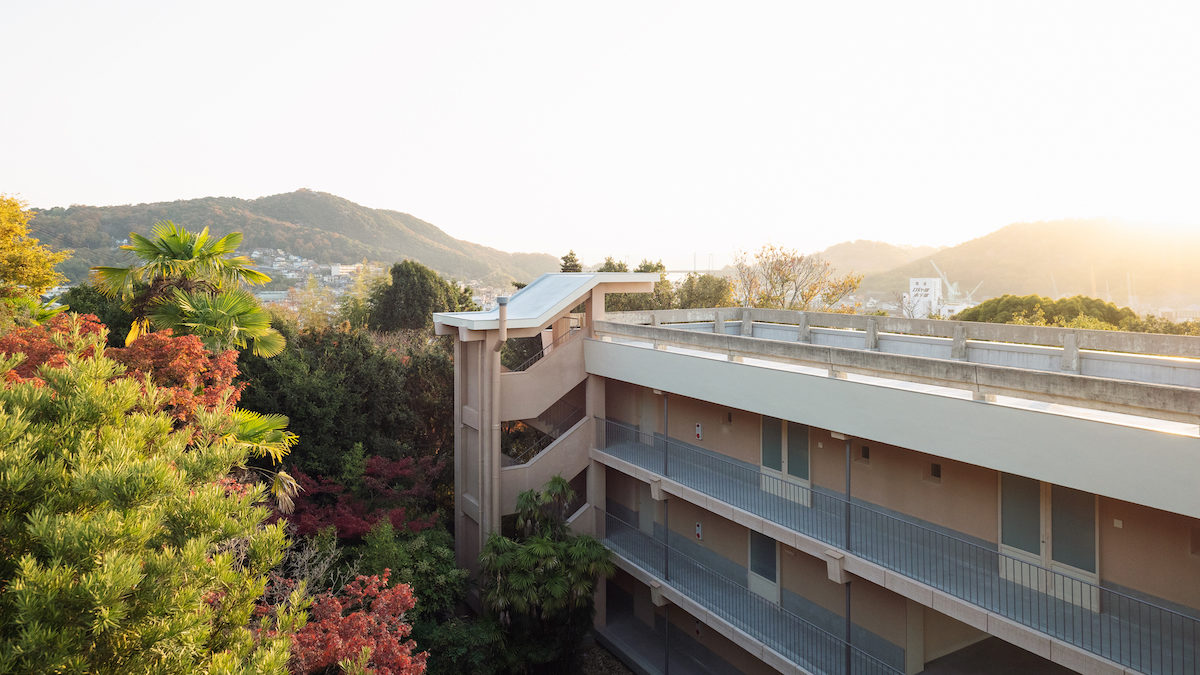PROJECT STORY
Pioneering Onomichi’s Future by Renovating Historic Buildings
Creating new possibilities for Onomichi while maintaining sources of pride for the next 100 years
With its blue waters and lush green islands, the Seto Inland Sea is one of Japan’s greatest tourist destinations. The city of Onomichi, situated on this sea just east of Hiroshima, has been used as the setting for many movies. It has fascinated countless people since ancient times with its unique scenery. Onomichi is also the mainland starting point for the Shimanami Kaido, a scenic highway that bridges a number of small islands to connect Japan’s main island of Honshu with the island of Shikoku.
Since the early 1980s, the TSUNEISHI Group has been involved in various Life & Resorts Businesses, such as hotels and marinas, in order to help develop the region around Onomichi. In recent years, we have been focusing on renovation projects, seeking to rebuild and raise awareness of Onomichi’s hidden charm, in ways that meet today’s needs.
One of the best ways to revitalize a local community is to renovate old and vacant residences to make them attractive again. Until the 2000s and early 2010s, however, this kind of activity was not very common in Japan.
The Seto Inland Sea image
Rehabilitating local assets and breathing new life into them
Onomichi has suffered from economic problems such as declining tourism and a shrinking population of younger people. Moreover, the local residents were expressing a desire to revitalize the city and create a place where younger generations will want to live and work. With that need as the starting point, the TSUNEISHI Group launched a project to help improve the appeal of Onomichi. The idea that first came to mind was to rehabilitate heritage assets in the community.
Onomichi has always had a lot of buildings with historical value. However, many of them had become vacant and dilapidated. The project team thought that these buildings could be given new life to create new value that would appeal to younger generations, while also helping to preserve the culture of Onomichi.
The team embarked on three successive projects. In 2012, they began to restore two historical residences: Shimazui Manor, built as a Western-style villa for a wealthy merchant in the 1930s, and Izumo House, once a retreat for members of the ruling Matsue clan of Izumo Province Shimane prefecture in the late 1800s. The two residences were then opened as an accommodation named Setouchi Minato no Yado. In 2014, the second project was completed, which involved renovating an unused shipping warehouse to create ONOMICHI U2, a facility with accommodation, restaurant, cafe, bakery, shop and bicyleshop. Completed in 2018, the third project was a complex with hotel, LOG, created by renovating an old apartment building.
What these three projects have in common is that the structures are inherently attractive, making them worth saving for future generations. By preserving historic places that have long been etched into people’s memories, the team wanted to enable many people to get reacquainted with the charm of Onomichi and the Setouchi region.
Setouchi Minato no Yado accommodations Photo left: Shimazui Manor, built as a Western-style villa for a wealthy merchant Photo right: Izumo House, once a retreat for members of the Matsue clan of Izumo Province
ONOMICHI U2, a popular place where tourists and locals meet
ONOMICHI U2 was created by renovating a 79-year-old shipping warehouse, Kenei Uwaya No.2, which was made available by Hiroshima Prefecture. It was renamed “U2” using the “U” from “Uwaya” and the number two.
The scenic Shimanami Kaido highway features a dedicated cycling lane that is enjoyed by many cyclists from Japan and abroad. Onomichi marks the starting point of this route for travelers on mainland Honshu. One of the design requirements for U2 was to retain the classic appearance of the warehouse. So the concept was to keep the retro look while creating a place that is easy for touring cyclists to use.
Some locals have described this new facility near Onomichi Station as “a little too fancy,” when compared to the other older buildings nearby. However, U2 now functions as a landmark development that draws in a lot of people. The design concept was centered on “cycling,” which was of course meant to catch the interest of cyclists, but also to evoke related meanings of the word, such as utilizing, preserving, and recycling.
Inside U2 are a wide variety of establishments such as restaurants and cafes that feature local ingredients, as well as shops that sell local products
LOG, an acronym of "Lantern Onomichi Garden" stands as a beacon above the city of Onomichi
LOG stands as a beacon above the city of Onomichi
Opened in 2018, LOG is a multi-use facility with a café-bar, gallery, and hotel situated on a hillside overlooking Onomichi. It is based on a bold renovation of the Shinmichi apartment building, built in 1963.
“LOG” stands for “Lantern Onomichi Garden.” The concept is a “lantern” that shines out over the city of Onomichi, while serving as a “garden” where locals come to relax. It was designed by Studio Mumbai, led by the world-renowned Indian architect Bijoy Jain. The hotel took about four years to complete and is the result of many meetings with Jain. His motto is to create spaces that show the work of human hands, using local materials.
Although the three-story building originally had 24 apartments, currently only six units on the third floor are used as guest rooms. They feature warm interior spaces based on the concept of gentleness.
There are also public venues such as a restaurant, café-bar, shops and a garden. Many culinary events and workshops are held at LOG, allowing visitors to experience Setouchi culture and the wisdom of its lifestyle.
Although the three-story building originally had 24 apartments, currently only six units on the third floor are used as guest rooms. They feature warm interior spaces based on the concept of gentleness
A new "door of opportunity" to help revitalize the community
These three projects have created a new model for companies and local communities to co-exist and prosper together. They also help convey the charm of Onomichi to touring cyclists and other visitors. Of course, a venture like this intended to boost the local economy should not take customers away from existing local businesses in the process. By offering novel forms of accommodation, the project team was able to attract new kinds of visitors, such as cycle tourists, without competing directly against business hotels or other established accommodations. This was a great achievement.
The three project facilities have already created over 100 new jobs. Furthermore, with the new vibrancy they have helped create in the city, more young people are relocating to or coming home to Onomichi. Some of them are even starting up their own businesses locally.
Accommodation facilities can be likened to “doors of opportunity” for communities. If first-time visitors can be turned into repeat visitors, this will help promote sustainably for the tourism industry across the entire region. The objective going forward is to find ways to keep this momentum going for years to come.
Continually creating unique value by enhancing the benefits of legacy and change
The teams at ONOMICHI U2 and LOG have been working to develop new products and services while collaborating with various people in addition to local suppliers, such as farmers, fishermen, and a denim manufacturer. In 2021, they purchased a shipment of locally grown lemons that would have otherwise gone to waste, due to problems created by the pandemic. They used the fruit to produce special macarons in collaboration with the global patisserie Pierre Hermé Paris, which supported the wish to reduce food waste.
Ensuring sustainability is always a big issue in the lodging and tourism business. Many tourist facilities have gained a reputation for their innovative approaches, only to end up as a short-lived success.
Legacy and change—the TSUNEISHI Group will continue enhancing the meaning that can be found by visiting this city while helping to preserve the universal value of Onomichi’s history, culture, nature, and culinary diversity. We will do this by leveraging the synergistic benefits of collaborating with various people and businesses. Together with the local community and the broader society, we will promote the kind of unique value that can only be created in Onomichi. The TSUNEISHI Group will continue to serve as a hub that connects those in and outside the community, while taking on various challenges to create a virtuous cycle for the entire region.

